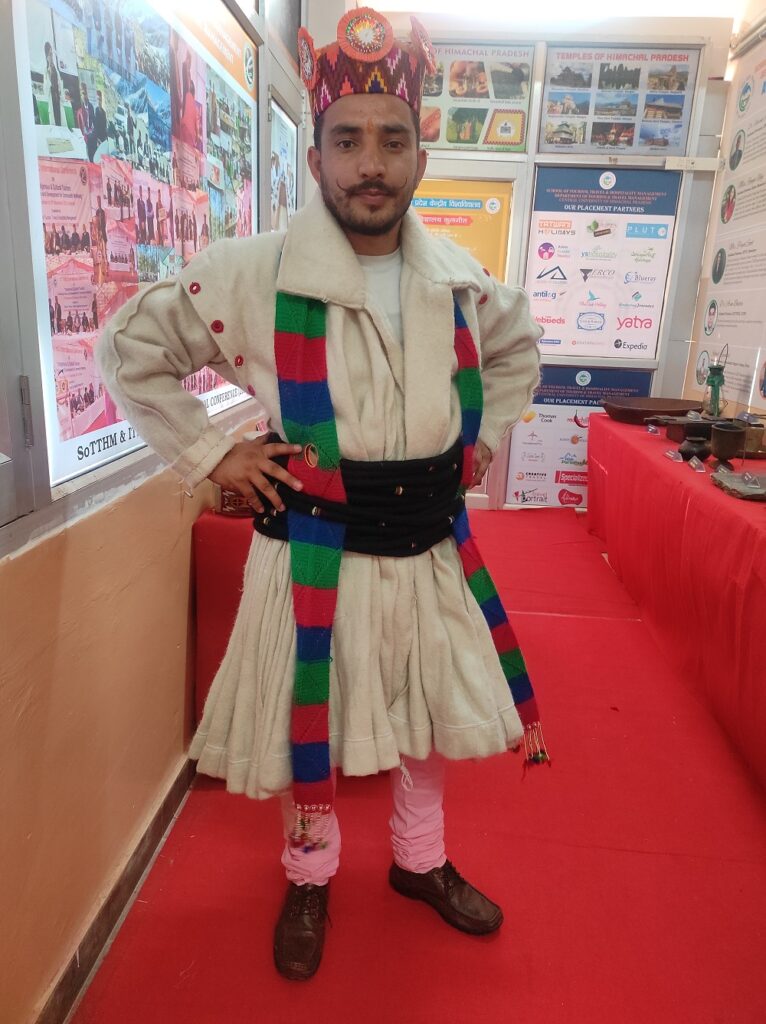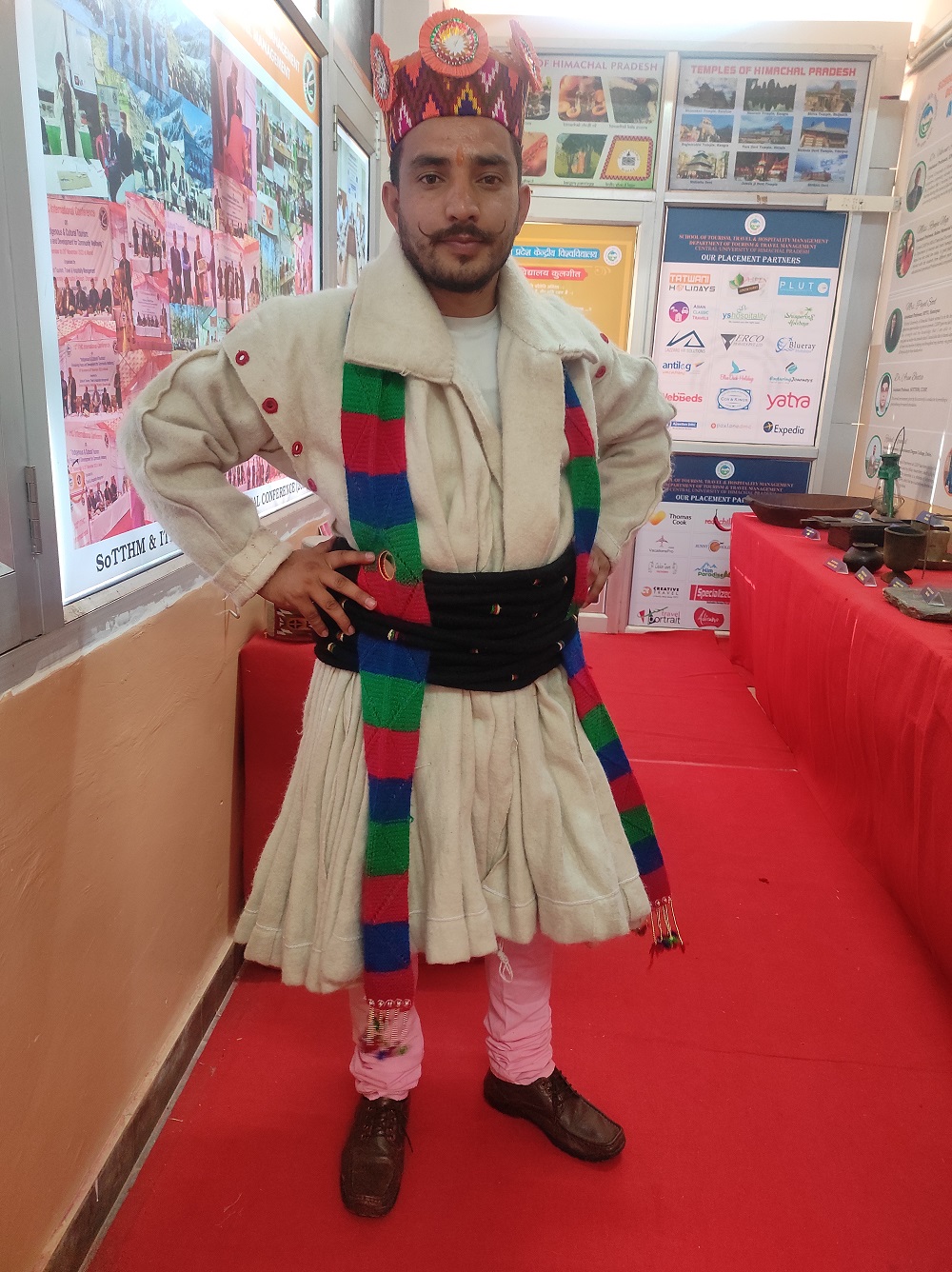
The festival of colors, Holi, is very important to Indian culture and tourism. Holi, which is celebrated with great enthusiasm, heralds the coming of spring and the triumph of good over evil. India attracts tourists from all over the world during this festival because of its vivid colors, upbeat music, and joyous atmosphere. India has many towns and cities that are well-known for their elaborate Holi celebrations, particularly Mathura, Vrindavan, and Varanasi, which attract tourists from both domestic and foreign countries.
Travelers can see distinctive practices and rituals during Holi, like the Holika Dahan “bonfire”, where people assemble to pray and watch the symbolic burning of evil. The streets come alive with people the following day, known as “Rangwali Holi”, as they exchange greetings, get drenched in colours, and savor traditional drinks and sweets like thandai. Tourists have a memorable time in this playful atmosphere with music, dance, and gulal, or colored powder throwing.
The Holi festival is very beneficial to the tourism sector because it stimulates local economies by increasing tourism-related activities. During this time, hotels, restaurants, and tour companies see an increase in business as they provide tourists with unique Holi packages and cultural experiences. Holi is a culturally enriching experience because it gives visitors a chance to engage with locals, immerse themselves in India’s rich cultural heritage, and partake in age-old customs.
In addition to being a festival, Holi draws tourists from all over the world who come to experience India’s vivacious culture, warm hospitality, and the exuberant spirit of this vibrant celebration.

SHIV RAJ, Department of Tourism & Travel
PHD Scholar, Central University of Himachal Pradesh

